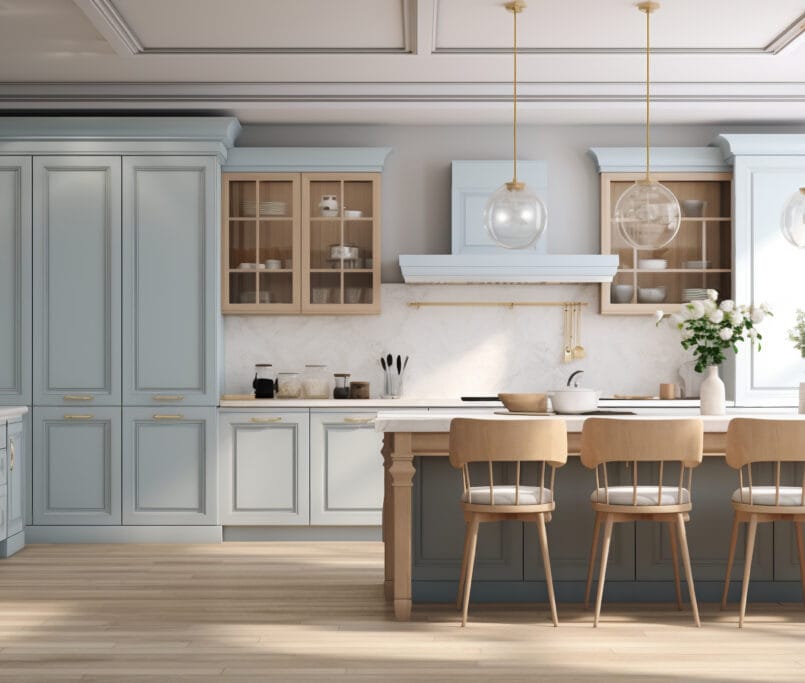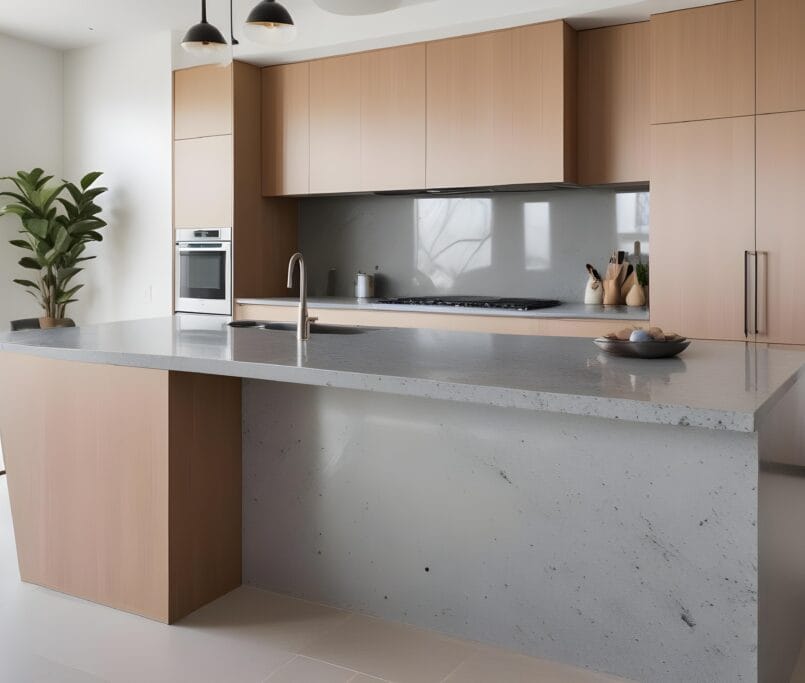Finding the Ideal Aluminium Kitchen Cabinet for Your Needs With 4 Simple Ways
There are many kitchen cabinet materials in the market, and it can be overwhelming to make a decision. Aluminium kichen cabinets have become increasingly popular due to their versatility, durability and seek appearance.
Aluminium kitchen cabinets offer an ideal storage solution for both residential and commercial spaces. It is definitely a perfect choice for a space that is highly utilized. However, finding the perfect aluminium can be challenging.
If you are unsure where to start from, you will find out soon how to find the perfect aluminium kitchen cabinet for your space. In this article, we will guide you through the ways to find the ideal aluminium kitchen cabinets for your requirements, helping you make an informed decision.
What Is Aluminium Kitchen Cabinets?
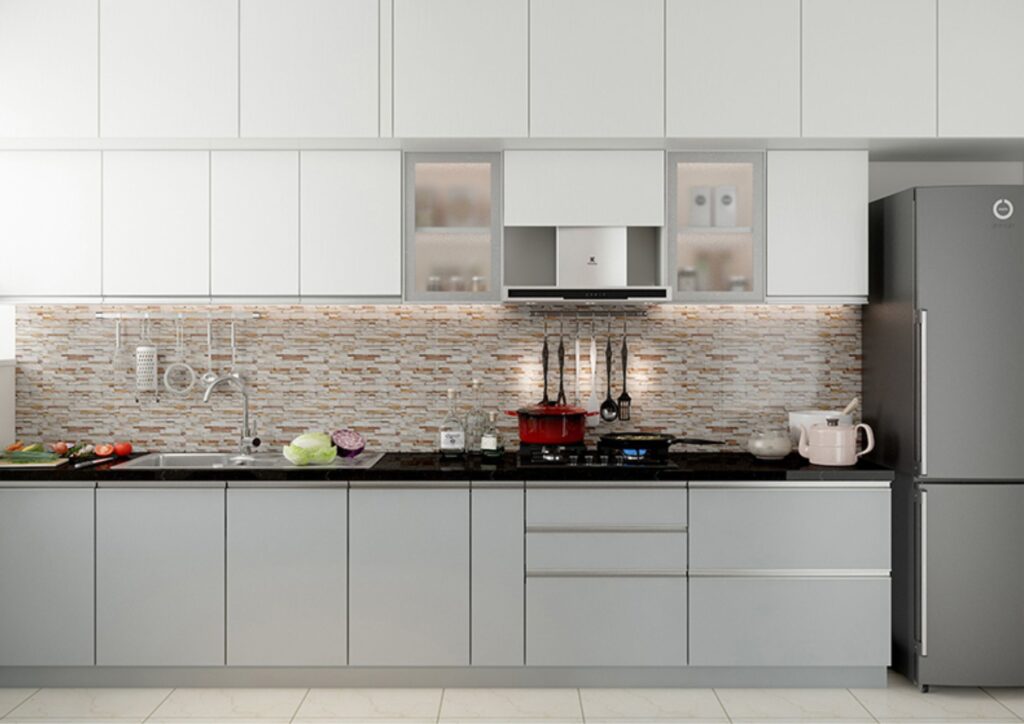
The primary material for aluminium kitchen cabinet is aluminium. They are lightweight, durable, and resistant to corrosion, As kitchens are often exposed to moisture, heat, and spills which makes them an excellent choice for your kitchen space.
These cabinets offer a modern, sleek appearance that complements various kitchen designs and styles. Unlike traditional wooden cabinets, aluminium cabinets do not warp or sag over time, ensuring their longevity and structural integrity.
1. Thickness Of Aluminium
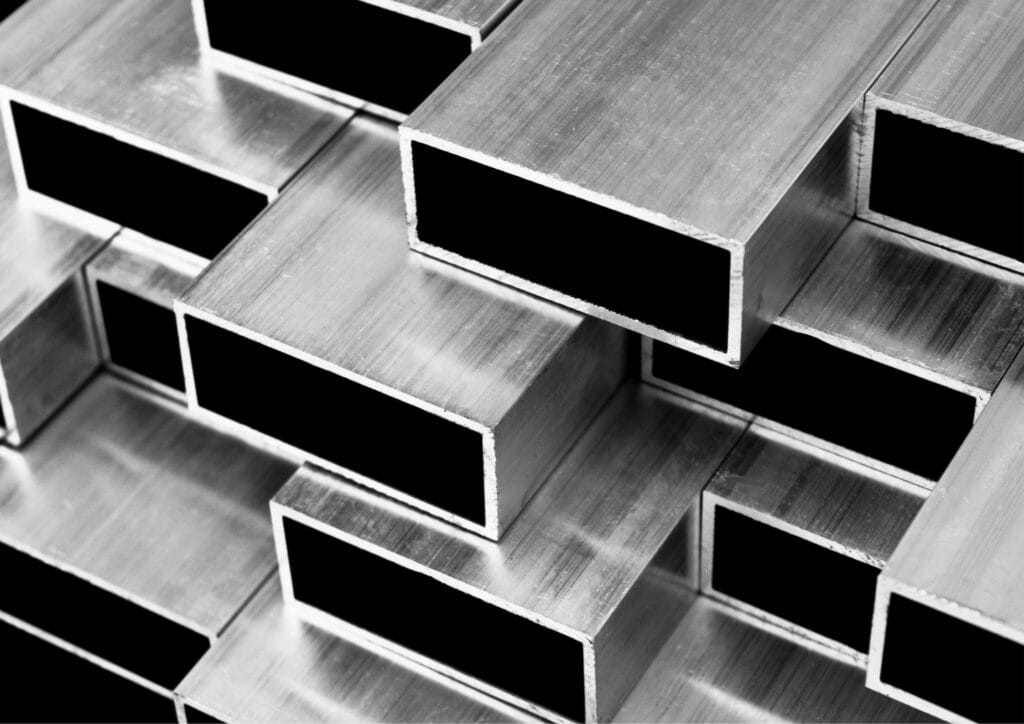
The thickness of the aluminium determines its strength, and durability of the kitchen cabinets. Ensure you check the thickness of the aluminium body when you are choosing the cabinet. Aluminium comes in various thicknesses, ranging from very thin foils to thick sheets or plates. The thickness depends on various factors, including the weight it will need to support and the size of the cabinet.
The larger the cabinet is, the thicker the aluminium is required. This is to ensure it can provide the necessary support and stability. You should also consider the weight of the items you plan to store in your kitchen cabinet to ensure that the cabinet can support the weight of the items.
The body’s thickness should be at least 1.2mm, as it will affect the overall sturdiness of your aluminium kitchen cabinets. Becareful when your suppliers inform you that a thickness of 0.5mm is sufficient for your kitchen.
2. Aluminium Kitchen Cabinet Doors And Frame
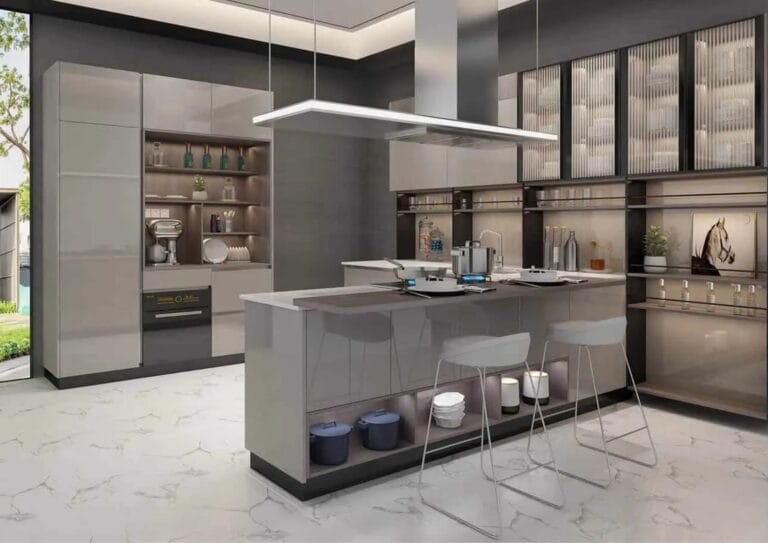
A wide range of styles and designs are available for aluminium kitchen cabinet doors and frames. When choosing the doors and frames, consider the design and style of your kitchen to ensure you fine one that can match your kitchen design easily.
Consider getting a 3G or 4G glass door for a contemporary look. It can give a glossy outlook to your kitchen cabinet. Don’t worry about the maintenance, as 3G and 4Gglass doors are easy to maintain. Besides, it comes in many color varieties. You definitely find one that fits your kitchen design.
4G glass doors will be more expensive than 3G due to the design. The frame of the 3G glass door is visible from the outside, while the frame of the 4G glass door is hidden inside the glass door panels.
3. Aluminium Bar Width
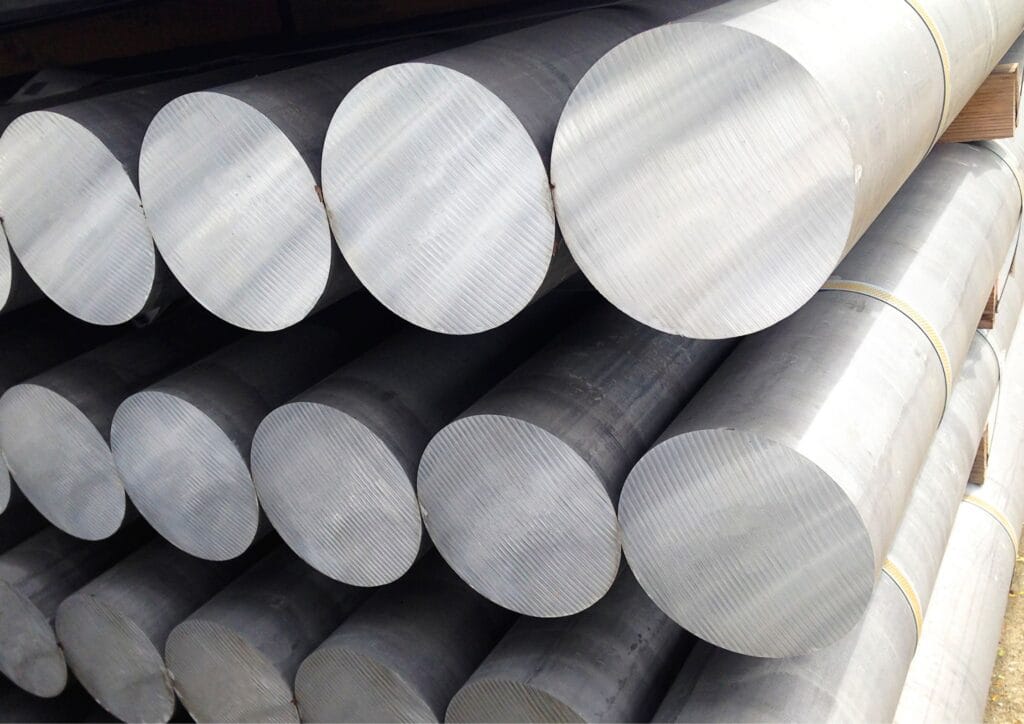
The width of the aluminium bar can also affect the strength of your aluminium kitchen cabinets. Not only it can affect the appearance of your aluminium kitchen cabinets, but also their durability. To determine the appropriate width of the aluminium bar, you need to consider the size of your kitchen cabinets.
Smaller cabinets may require a narrower bar, while a wider one may be required for larger ones. This is to ensure that it provides the necessary support and stability for your cabinets. It will also affect the weight capacity of your kitchen cabinets. Get a wider aluminium bar if you plan to store heavier items.
The best width size is 85mm, but make sure it goes over more than 125mm. The strength of your kitchen cabinets will be compromised if it is over 125mm.
Larger kitchen cabinets will require thicker materials as they will need to support heavy items. If the thickness of your aluminium is too thin, it will compromise the strength and the loading limitation.
Material that is too thin will have a risk of bending and deformation. As mentioned earlier, when looking for the thickness of your cabinet, ensure that it is at least 1.2mm.
4. Screw Position Of Aluminium Kitchen Cabinets

Screws are used to stable the kitchen cabinet and ensure its durability. The screw positions for the aluminium kitchen cabinets play an important role in stabilizing the cabinet. There are a few factors to determine the screw position.
One of the factors is the kitchen cabinet structure. The screws should be placed in areas that will most support the cabinet. The larger the cabinet is, the more screws are needed to provide adequate support and stability.
Additional screws will be needed for heavy cabinets. This is to allow the weight to distribute evenly and prevent warping or sagging over time. It is best if screws are positioned behind the kitchen cabinet to have a higher stablity of your aluminium kitchen cabinet.
Sign Up For Kitchen Design Ideas
Discover Insights & Support: Join 5,000+ Singapore Homeowners




![Kitchen Design Trends For Working Professionals [2024] Aluminium-Kitchen-Cabinet-Design-Grey-Quartz_](https://www.stoneemperor.com/wp-content/uploads/2022/09/aluminium-kitchen-cabinet-design-grey-quartz-new-150x150.jpg)
